Learn to Crew

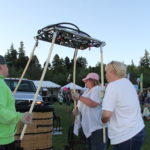
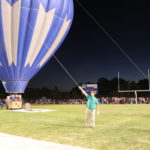

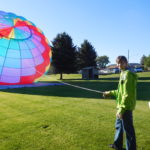
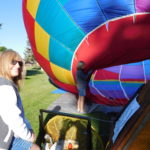
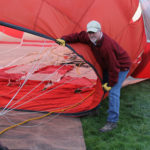
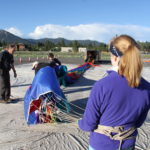
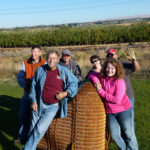
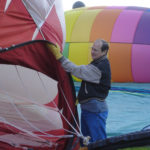
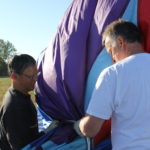
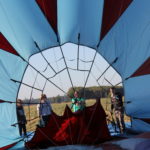
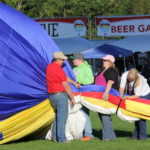
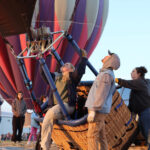
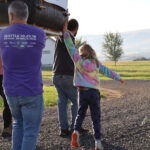
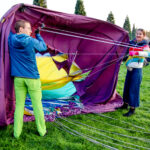
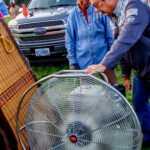
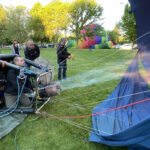
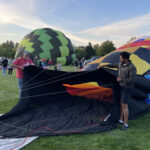
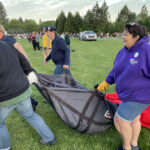
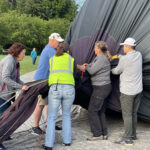
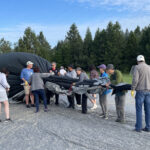
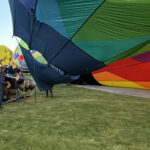
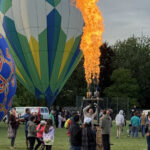
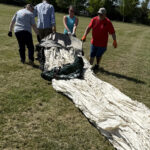
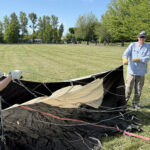
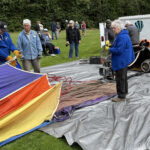
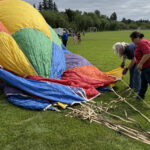
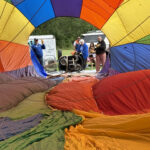
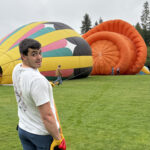
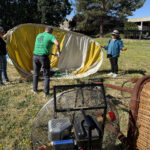
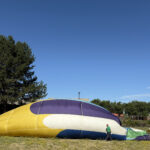
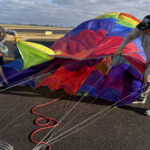
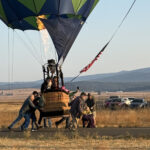
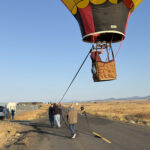
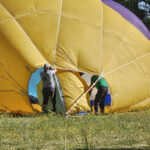
Crewing is a great way to become involved in ballooning. And it’s completely free!
Ballooning involves more than just the pilot and the balloon. It takes a group of crew members to help set up the balloon, follow (or chase it) while it is flying, coordinate with landowners, and help pack the balloon back up. Due to the number of people involved, most balloons are flown by a team of individuals, not just the pilot. It is common to see sweatshirts and balloon trailers with things like “xxx balloon team” printed on them. It really does take a team of individuals to make a balloon flight.
So what does it involve?
Many would say the most difficult part of ballooning are the early mornings and dedication. Most balloon flights occur right as the sun is rising. During the summer months, this can be as early as 5:30 in the morning. If you’re willing to get up that early, the rest is easy.
The flight normally starts by evaluating the winds. While the pilot will have looked at current weather conditions and forecasts before arriving for the flight, the crew can also report what they saw on their drive to the launch site. This is incredibly helpful to the pilot. Comments like “the flag on the north end of town was completely still” or “the smokestack by Lowes was moving pretty quickly” are very helpful to determine whether the weather will allow a safe flight or not.
Okay, I’m in.
Once the decision is made to fly, the real work begins. This normally involves removing various components of the balloon from a trailer, helping to set up the equipment, attaching burners to the basket, hooking up fuel lines, attaching the envelope to the basket, etc. No prior experience is necessary. The pilot and fellow crewmembers will be more than happy to explain to you what needs to be done. If you’d like a more “hands off” approach the first couple of times, that’s okay too!
After the balloon takes off, the crew packs up the items left on the ground (typically a fan and tarp) and piles into the chase vehicle. The crew follows the balloon to the landing location, normally while in radio contact with the pilot. The pilot informs the crew where the balloon is likely to land. Depending on weather conditions, the balloon may need to be pushed to a location different than where it sets down or “hopped” over a fence. If landing on private property, the crew may also try to contact the landowner to get permission for the balloon to land.
Once the balloon has landed in a location where it can safely be packed up, the crew helps to basically do the opposite of what was done during the setup process. The envelope is deflated and put in a bag, fuel lines are disconnected, burners are removed from the basket, and everything is packed into the trailer for return to the launch site. The great thing about ballooning is you’re normally done before some folks are even awake. You still have the rest of the day to do productive things – which may be taking a nap!
Crewing is a great way to learn about balloons. Most pilots started learning about flying by crewing. There are opportunities to crew for different pilots, learn different balloon systems, travel to various balloon festivals or rallies, or just find one or two pilots to crew for long term.
How do I get involved?
There are WAS members all over the Western United States that are looking for crew members. The easiest way to get in touch with them is to post a message on the West Coast Hot Air Balloon Enthusiasts Facebook group. Introduce yourself, let everyone know you’re interested in crewing and where you’re located. Don’t be shy!
